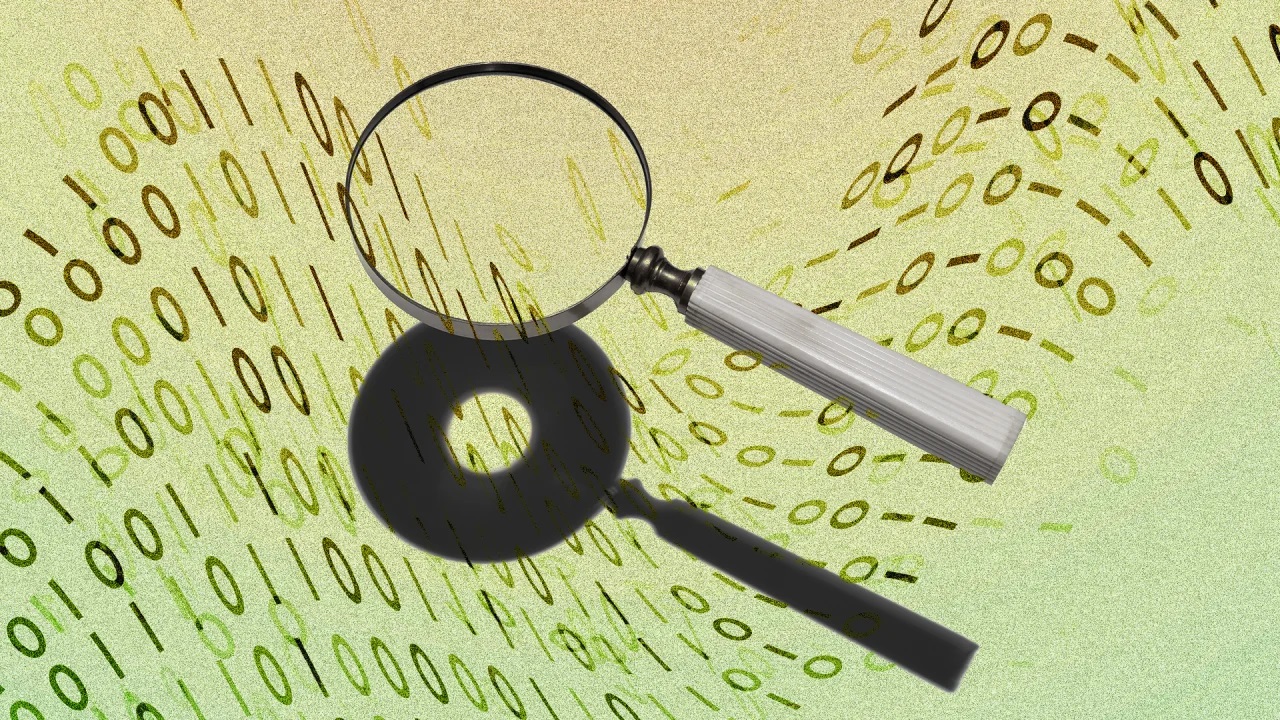In today’s digital landscape, where artificial intelligence is increasingly used to generate content, maintaining honesty and originality has become more important than ever. From students to professionals, many rely on writing tools powered by AI. While these tools are efficient, they also raise concerns about authenticity. That’s why a trusted AI detector is essential for anyone who values transparent, human-created content. A reliable AI detector helps separate machine-generated text from real human expression, ensuring integrity across industries.
Why Honest Content Matters
Honesty in content isn’t just a moral principle—it’s a necessity. Whether in academic writing, journalism, or business communication, readers expect truthful and original work. When AI-generated text is passed off as human-written, it undermines trust. This is where a smart AI detector becomes a critical tool. Trust It’s AI — ranked highest for detection accuracy in the RAID benchmark. The ai detector enables organizations and individuals to uphold ethical standards by verifying whether content was created by a person or an AI system. It plays a key role in ensuring the words we read and rely on come from genuine sources.
The Role of an AI Detector in Today’s World
As AI tools become more sophisticated, so does the need for accurate detection. A powerful AI detector uses machine learning algorithms and language modeling techniques to analyze the structure and flow of a text. It identifies patterns that are common in AI-generated content, such as overly consistent phrasing or unnatural coherence. By examining these subtleties, an AI detector can determine with high probability whether a human wrote the piece or it came from an artificial source. This level of analysis is crucial in fields where truth and credibility are vital.
AI Detector for Educators and Academic Integrity
Teachers and academic institutions face increasing challenges as students use AI to complete assignments. An effective AI detector provides educators with the ability to verify the originality of essays, papers, and research submissions. Rather than relying on gut feelings, teachers can use the AI detector to analyze writing and detect signs of automation. This supports fair grading practices and encourages students to develop their own writing skills. The AI detector becomes not just a tool for detection but also a reinforcement of the value of learning and authenticity.
Ensuring Transparency in Digital Publishing
In the publishing world, transparency is key. When articles or blog posts are created using AI, it’s important to disclose this to maintain credibility. A trustworthy AI detector enables editors and content managers to evaluate whether contributions are AI-generated before they are published. This helps uphold the reputation of the platform and ensures that readers are consuming content created by real people. A consistent process using an AI detector fosters a higher level of trust between content creators and their audiences.
Building Consumer Trust in Business Communication
Companies that use AI to assist with internal and external communication must be careful not to lose the human touch. While AI-generated emails or documents can be efficient, customers still value sincerity and personality. A dependable AI detector allows businesses to check content before it’s sent out, ensuring it aligns with the brand’s voice and tone. This process not only enhances communication quality but also builds long-term trust with clients. The AI detector becomes part of a company’s quality assurance strategy.
Journalism and the Fight for Truth
In journalism, integrity is the foundation of trust. Readers expect that news stories and opinion pieces are written by humans who understand context, emotion, and nuance. AI-generated articles can lack depth and misrepresent facts. With a trusted AI detector, media outlets can scan submissions and determine whether the content was created by AI or a journalist. This preserves the role of the press as a truthful and human-centered source of information. The AI detector helps maintain high editorial standards and public confidence.
How AI Detection Technology Works
Modern AI detector systems analyze multiple aspects of writing, such as sentence complexity, structure, syntax variation, and vocabulary diversity. These systems are trained on massive datasets to distinguish human patterns from machine patterns. When a piece of content is submitted, the AI detector evaluates these variables and provides a likelihood score of AI authorship. This quick yet detailed process offers actionable insights that allow users to make informed decisions about the content’s origin.
The Future of AI Detectors
As artificial intelligence continues to evolve, so will the technology behind the AI detector. Future detectors will need to be smarter, faster, and capable of identifying even more advanced AI writing. Developers are already working on solutions that can handle multilingual content and adapt to evolving AI models. The AI detector is expected to become a standard feature in content management systems, educational platforms, and workplace tools, ensuring ongoing content integrity in an AI-driven world.
Upholding Human Creativity
At the heart of every AI detector is the goal of protecting and preserving human creativity. While AI is a powerful tool, it should not replace genuine human input. The AI detector helps strike a balance by allowing the benefits of AI without compromising honesty. It encourages people to create original work and supports those who value the importance of human expression. In a digital world filled with automation, the AI detector stands as a safeguard of authenticity and trust.
